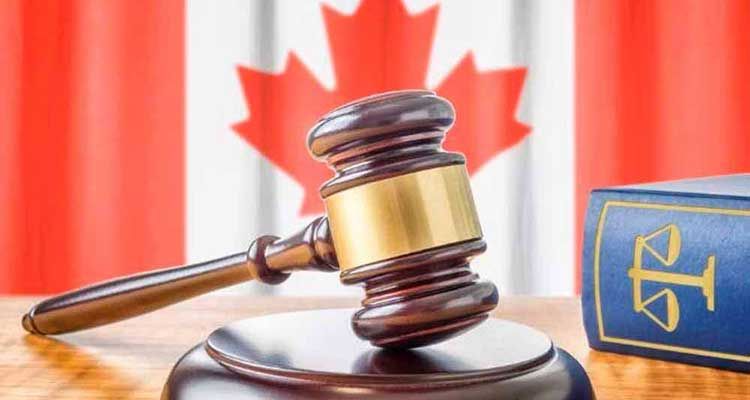The Ultimate Guide to Residential Property Management
Managing residential properties requires organization, attention to detail, and a strong understanding of legal and financial responsibilities. Whether you’re a seasoned landlord or just stepping into property management, having a clear strategy can make all the difference. From tenant screening to maintenance and rent collection, this guide will walk you through essential property management practices.
A well-managed property not only attracts high-quality tenants but also ensures long-term profitability. Poor management, on the other hand, can lead to costly vacancies, legal disputes, and property damage. To help you succeed, we’ll cover the best property management practices, tenant screening strategies, rental property maintenance tips, and legal considerations.
1. What Is Residential Property Management?
Defining Residential Property Management
Residential property management refers to the oversight, operation, and maintenance of rental properties, including single-family homes, apartment complexes, and multi-unit buildings. Property managers or landlords must ensure that their properties remain profitable, well-maintained, and legally compliant.
Key Responsibilities of a Property Manager
Effective property managers take on a variety of tasks, including:
- Tenant Relations: Handling inquiries, screening applicants, and resolving disputes.
- Legal Responsibilities: Understanding lease agreements, fair housing laws, and eviction processes.
- Financial Management: Setting rent prices, budgeting expenses, and managing property taxes.
- Property Maintenance: Regular inspections, emergency repairs, and long-term upkeep.
Why Good Property Management Matters
A well-managed property reduces vacancies, minimizes maintenance costs, and increases tenant satisfaction. When tenants feel valued, they are more likely to renew their leases, leading to stable rental income. Conversely, poor management often results in high tenant turnover, legal issues, and costly repairs.
2. How to Find and Keep Reliable Tenants
One of the most important aspects of residential property management is finding and keeping reliable tenants. High-quality tenants pay rent on time, respect the property, and follow lease agreements.
Tenant Screening Process
A thorough tenant screening process ensures you select responsible renters who will treat your property with care. Follow these steps:
- Conduct Background and Credit Checks – Look for financial stability, a strong credit score, and no history of evictions.
- Verify Employment and Rental History – Contact previous landlords to confirm timely rent payments and good tenant behavior.
- Interview Potential Tenants – Ask about their reasons for moving, employment stability, and long-term rental plans.
Crafting an Effective Lease Agreement
A well-written lease agreement protects both landlords and tenants. It should include:
- Rent amount, due dates, and late payment penalties.
- Security deposit terms and refund policies.
- Maintenance and repair responsibilities.
- Pet policies and property use guidelines.
- Eviction clauses and lease termination conditions.
Tenant Retention Strategies
Keeping good tenants is just as important as finding them. Implement these strategies to reduce turnover:
- Maintain Open Communication – Respond to tenant concerns promptly.
- Offer Lease Renewal Incentives – Discounts or upgrades can encourage long-term residency.
- Keep the Property in Great Condition – Regular maintenance ensures a safe and comfortable living space.
3. Setting the Right Rent Price for Your Property
Setting an appropriate rent price is crucial for attracting tenants while ensuring profitability. If the rent is too high, you risk vacancies; if it’s too low, you may not cover your expenses.
Factors That Influence Rental Prices
- Location: Desirable neighborhoods typically command higher rents.
- Property Size and Features: Larger properties with modern amenities can justify higher rent.
- Market Trends: Research similar properties in your area to determine competitive rates.
- Condition of the Property: Well-maintained properties attract higher-paying tenants.
How to Adjust Rent Over Time
- Annual Reviews: Evaluate rent prices yearly based on inflation and market demand.
- Improvement-Based Increases: Justify rent hikes by upgrading appliances or adding amenities.
- Legal Compliance: Follow local rent control laws to avoid legal issues.
4. Maintenance and Property Upkeep: Best Practices
Property maintenance is essential for protecting your investment and keeping tenants happy. A proactive approach prevents costly repairs and legal disputes.
Regular Inspections and Preventative Maintenance
- Conduct seasonal maintenance checks.
- Address minor repairs before they become major issues.
- Keep a log of all maintenance activities for future reference.
Handling Repairs Efficiently
- Have a reliable list of contractors and service providers.
- Set up an emergency response plan for urgent repairs.
- Use property management software to track repair requests.
Enhancing Curb Appeal and Property Value
- Repaint walls and refresh landscaping regularly.
- Upgrade appliances and fixtures to increase property value.
- Ensure security features like locks and lighting are up-to-date.
5. Legal Considerations for Property Management
Property managers must navigate various legal requirements to avoid fines and lawsuits. Staying informed about local, state, and federal regulations is essential.
Fair Housing Laws
The Fair Housing Act prohibits discrimination based on race, gender, disability, and other factors. To comply:
- Treat all applicants equally during the screening process.
- Avoid discriminatory language in advertisements.
- Provide reasonable accommodations for tenants with disabilities.
Understanding Eviction Laws
Evictions must follow legal procedures to protect both landlords and tenants. The typical eviction process includes:
- Sending a formal notice to vacate.
- Filing an eviction lawsuit if the tenant refuses to leave.
- Attending a court hearing to present evidence.
- Enforcing the eviction through a legal authority.
Security Deposits and Lease Enforcement
- Clearly outline security deposit policies in the lease.
- Return deposits within the legally required timeframe.
- Document all damages with photos to justify deductions.
Conclusion
Managing residential properties successfully requires organization, clear communication, and proactive maintenance. By implementing thorough tenant screening strategies, setting competitive rent prices, and maintaining legal compliance, you can create a stress-free and profitable rental experience.
Whether you’re a new landlord or an experienced property manager, staying updated with the best property management practices will help you maximize your investment. If you need expert guidance, consider reaching out to us today to get started!



